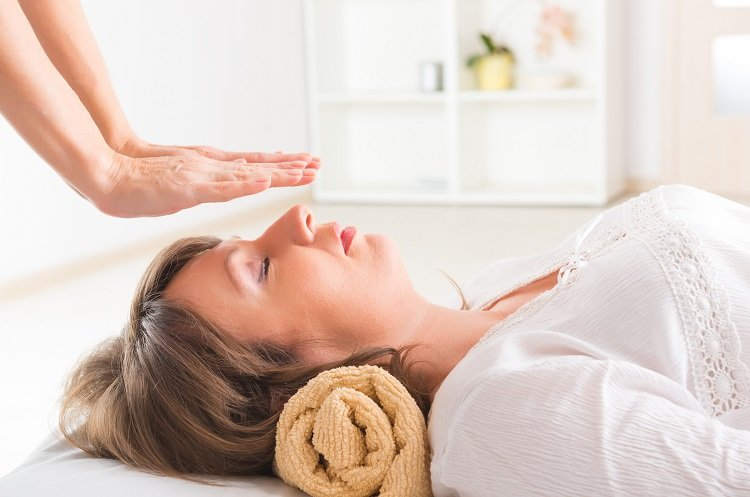Discover Your Perfect Healer Today!
Our online practitioner directory connects you with a wide range of healers to suit your unique needs.
Easily search and find the right professional to support your wellness journey.
Start exploring today to find your perfect match.
Modality
Disease
Books
Products
Events
Training
Blogs
Carnial Sacral Therapy
Understanding the Gentle Healing Of Cranial Sacral Therapy
Cranial Sacral Therapy isa gentle and non-invasive healing modality meant to improve the activities of the central nervous system. It works with the craniosacral system ...
Read More → Written by
David Brown
Acupuncture
Creating a Community: Connecting with Others Who Practice Acupuncture
More than a practice, acupuncture is a community consisting of people who love the idea of holistic healing and overall wellness. If you are an ...
Read More → Written by
David Brown
Reiki Healers
Finding the Perfect Reiki Practitioner: A Comprehensive Guide
Reiki is one healing experience in which the selection of the right practitioner is very important. This is an energy-based therapy, and one needs a ...
Read More → Written by
John Smith
Hypnotherapy
Empowering Yourself: Steps to Become a Hypnotherapy Practitioner
Hypnotherapy is a transformative practice proposed to help individuals get access to their subconscious mind for overcoming challenges, healing, and growth. This position essentially requires ...
Read More → Written by
Michael Johnson
Holistic Medicine
A Beginner’s Guide to Holistic Therapy: Unveiling the Power Within
Treating the whole person, holism emphasizes on mind, body and spirit. But what does holistic therapy mean? This approach integrates different types of therapies that ...
Read More → Written by
John Smith
Functional Medicine
Getting Started with Functional Medicine: A Beginner’s Guide
Functional medicine is a form of treatment that seeks to improve health by treating the underlying causes of medical conditions instead of masking the symptoms. ...
Read More → Written by
David Brown






